Tyto Athene | Data to Dominance
Menu
Menu
Close
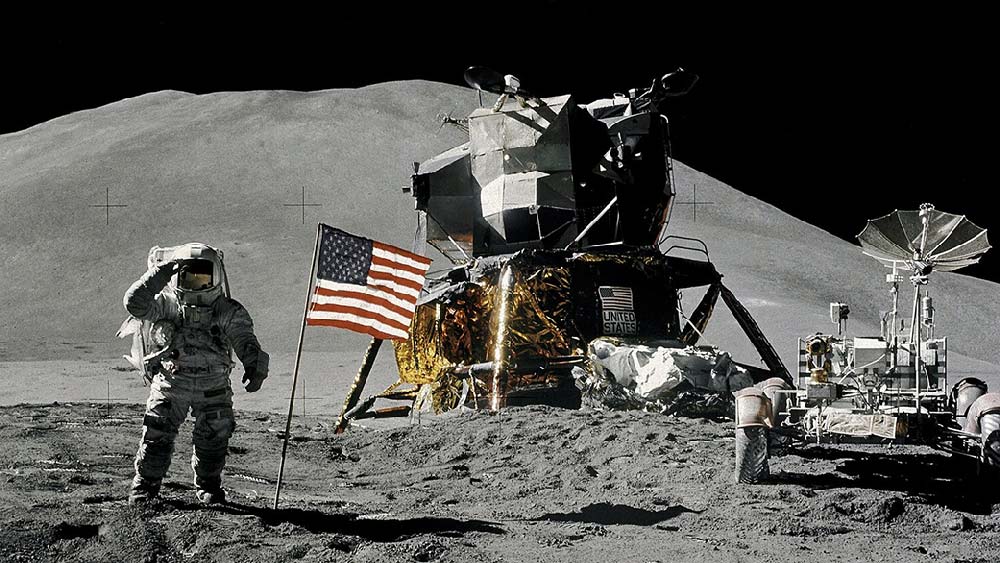
We build systems to explore Earth and the solar system. Our projects focus on the detection of life and its critical elements, from tracking phytoplankton movements in the ocean to analyzing the atmosphere of Venus.
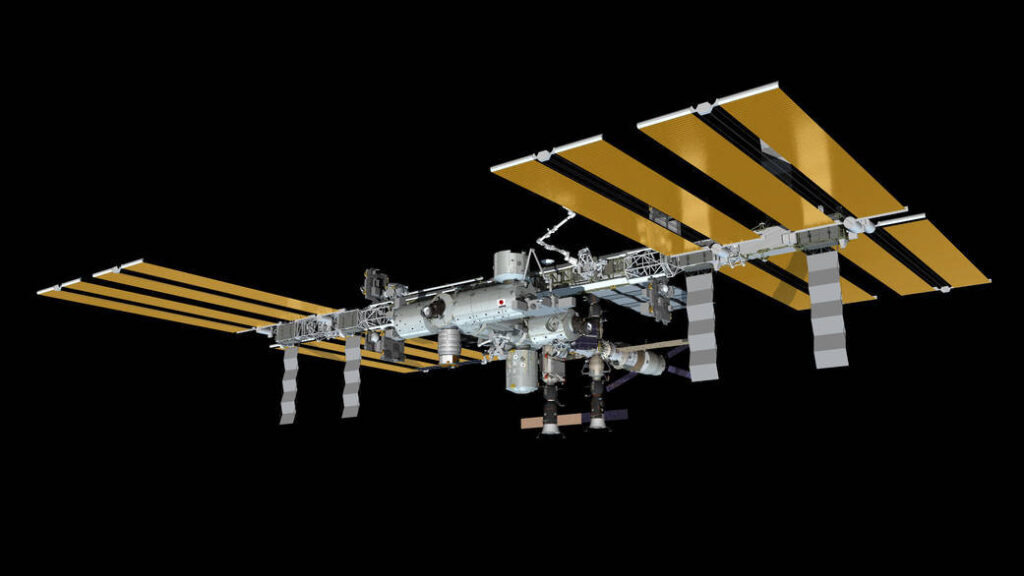
We develop a range of software to control science instruments, including spacecraft rovers and payloads; systems for satellite operations centers and ground stations; and data processing systems for analysis and archiving.

We partner with leaders in the aerospace industry to launch Earth science and space missions critical to further our understanding of the world around us. We work with NASA and international agencies to bring these missions to life.
We develop software and systems to help detect water on the moon, life on Mars, the habitat of Saturn’s moon Titan, the atmosphere of Venus, phytoplankton movements in the oceans, and forest canopy measurements affecting the global biodiversity of the Earth.
Software development specialties:
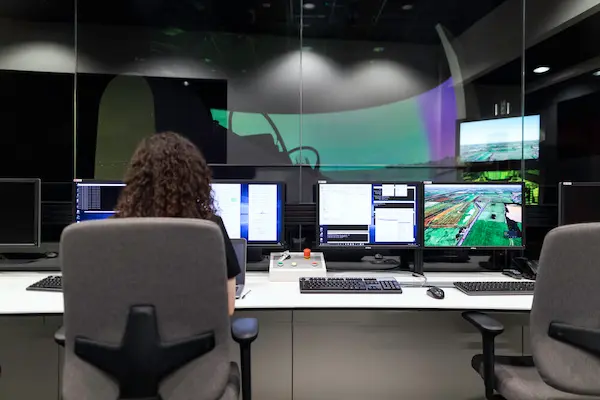
The Core Flight System (CFS) is a range of services for command, telemetry, and other onboard flight software applications, including the Core Flight Executive (cFE). cFE is an application development and run-time environment providing a set of core flight software services. The cFE Software Bus service provides a publish and subscribe messaging system that allows applications to easily plug and play into the system. We have contributed significantly to the development of CFS and continue to support new spacecraft and flight software applications.

The XINA system is an end-to-end instrument data pipeline that has supported numerous space missions, including Curiosity and MAVEN. XINA processes instrument telemetry into organized databases, allowing rapid development of powerful, and sometimes unanticipated, visualizations. The web-based user interface eliminates the need to support a distributed application, and cloud-based database server allows scalability to grow with missions.
More Information (PDF) »

SlideRule is a web service for on-demand science data processing, which provides researchers and other Earth science data systems with low-latency access to customized data products using processing parameters supplied at the time of the request. SlideRule runs in the Amazon Web Services (AWS) cloud. SlideRule has access to ICESat-2, GEDI, Landsat, ArcticDEM, REMA, and other datasets.
SlideRule provides access methods and application programming interfaces to allow data users to develop and upload algorithms to process the satellite data in place in the cloud. This provides time and cost savings for users as they don’t need to download and store large amounts of data.
Learn More »
SpaceWire has evolved to the primary interface onboard NASA spacecraft. The SpaceWire test set software was developed to support the development and testing of systems using SpaceWire, including subsystems and instruments. In addition to testing, the software is easily modified to simulate systems that use SpaceWire.
More Information (PDF) »
Our team works with NASA and international agencies to launch a wide range of aerospace missions. All projects take an innovative and collaborative approach to problem-solving and process, leading to groundbreaking new technologies.
We have worked with:
Latest Project
The Dragonfly space mission will send a mobile robotic rotorcraft to Titan, the largest moon of Saturn. The vehicle will perform vertical-takeoffs and landings to sample materials and determine surface composition in different geologic settings. This revolutionary mission includes the capability to explore diverse locations to characterize the habitability of Titan’s environment, to investigate how far prebiotic chemistry has progressed, and even to search for chemical signatures that could indicate water-based and/or hydrocarbon-based life.
For this project, our team is actively working on:
We are using the following technologies:
C/C++, python, JavaScript, PHP, Qt, CanvasJS, Jasmine, Karma
And tools:
SVN, GIT, Slack, Doxygen, AWS, VMWare, MeisterTask, JIRA
Launching 2028
The ExoMars program will deliver a European rover, Rosalind Franklin, and a Russian surface platform, Kazachok, to the surface of Mars. A Proton rocket will be used to launch the mission, which will arrive at Mars after a nine-month journey. The ExoMars rover will travel across the Martian surface to search for signs of life. It will collect samples with a drill and analyze them with next-generation instruments.

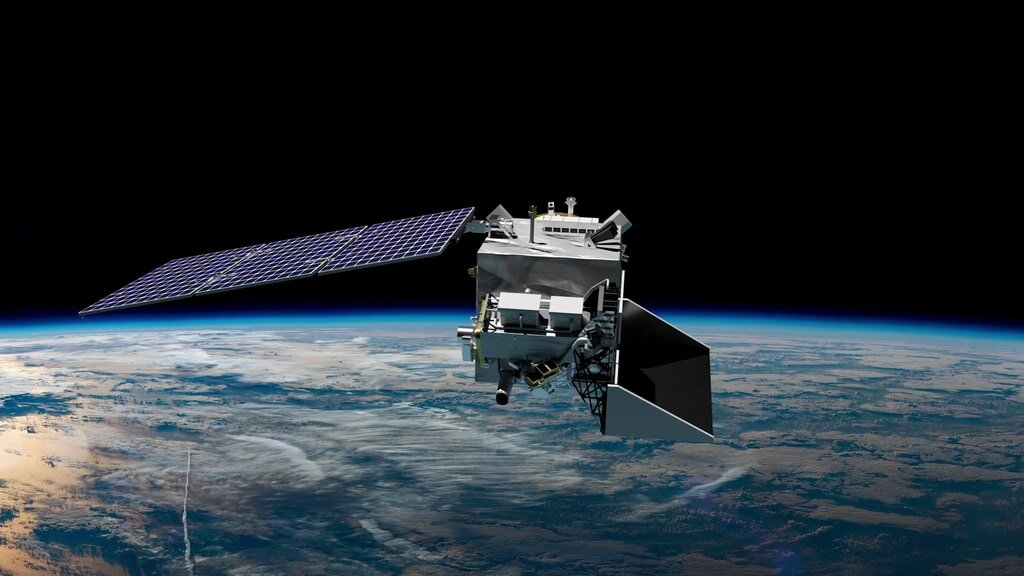
Launched 2021
JWST is an orbiting infrared observatory that will complement and extend the discoveries of the Hubble Space Telescope, with longer wavelength coverage and greatly improved sensitivity. The longer wavelengths enable Webb to look much closer to the beginning of time and to hunt for the unobserved formation of the first galaxies, as well as to look inside dust clouds where stars and planetary systems are forming today.

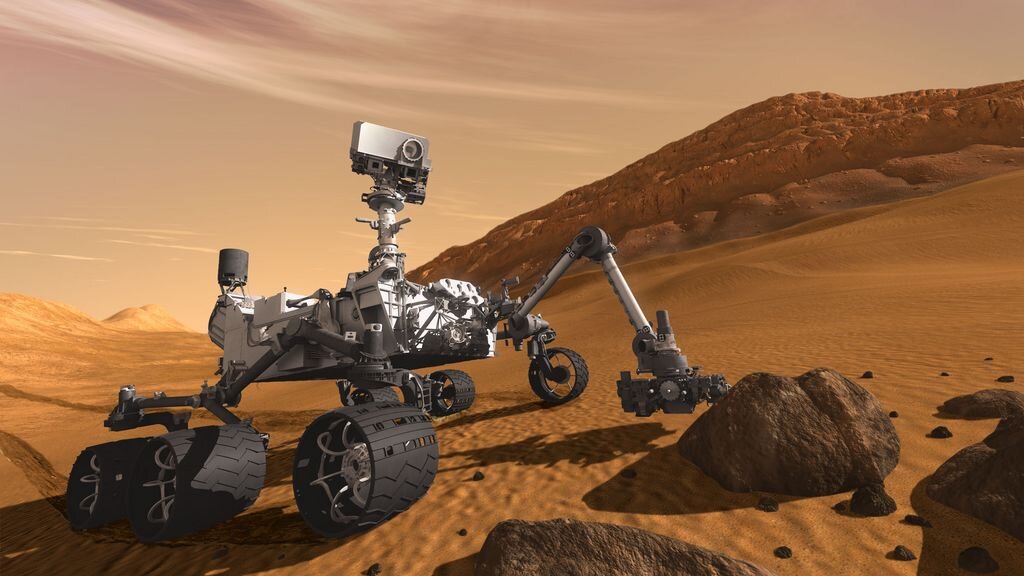

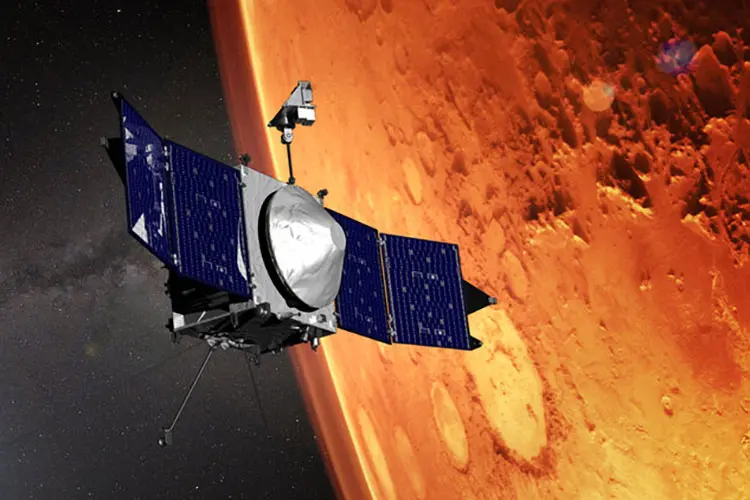
Launched 2014
MAVEN is a spacecraft developed by NASA that went into orbit around Mars to study the planet’s atmosphere. Mission goals include determining how the atmosphere and water, presumed to have once been substantial, were lost over time. MAVEN is part of NASA’s Mars Scout program.
Launching late 2020s
NASA’s DAVINCI mission will study the origin, evolution, and present state of Venus in unprecedented detail from near the top of the clouds to the planet’s surface. Carrying an atmospheric descent probe, the DAVINCI spacecraft will serve as a telecommunications hub by relaying information from the probe to Earth. It will also use its two onboard instruments to study Venusian clouds and map its highland areas as it flies by the planet.

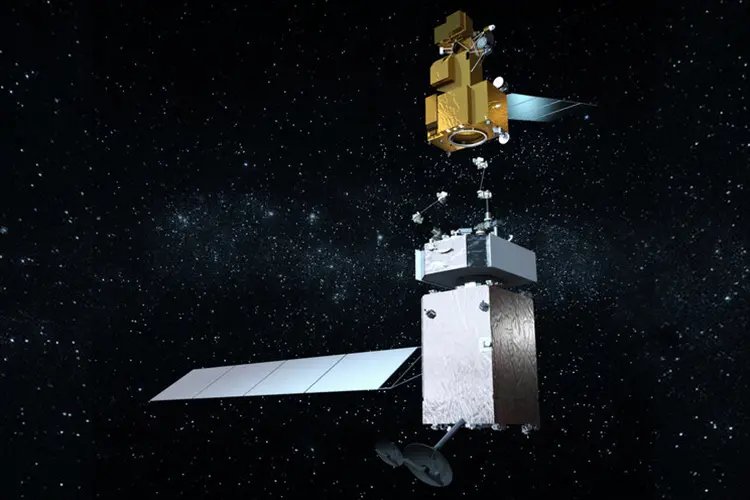

MMS – Magnetospheric Multiscale